THE MINUTEMAN Volume 12, April 2024
Camp Coffee, Jay's must have items, and Camp Stoves...
Camp Coffee
Ah coffee… One of life’s simple pleasures.
No one knows exactly how or when coffee was discovered, though there are many legends about its origin. So let us revisit a brief history of it in America.
In the mid-1600's, coffee was brought to New Amsterdam, later called New York by the British. Though coffee houses rapidly began to appear, tea continued to be the favored drink in the New World until 1773, when the colonists revolted against a heavy tax on tea imposed by King George III. The revolt, known as the Boston Tea Party, would forever change the American drinking preference to coffee.
"Coffee - the favorite drink of the civilized world." - Thomas Jefferson
I started drinking coffee at 18 years old. The moment that wondrous nectar of the gods hit my lips I knew I was gonna be a coffee drinker for life. For me, that first cup of coffee in the morning is my personal 5 minutes of peace. It sets a tone for the rest of the day. The same holds true out in the field, a cup of coffee just has a magic like quality to it.
There are multiple tried and true ways of making coffee in the field. Some folks prefer a simple cup of instant coffee, others prefer a press or drip, and many traditionalists prefer it brewed in a percolator or even cowboy style. So let us briefly explore these 4 main ways of brewing coffee in the field.
Instant Coffee: We all remember Folgers and Maxwell house instant coffee, right. It certainly wasn’t the best but it was fast and easy. Boil water in a canteen cup, add a spoonful or two of instant coffee, stir, and viola you have hot coffee.
French Press Coffee: Several years ago when I started getting back into traditional camping in my sons Scout Troop, I bought a french press from GSI and took to using it to make my morning coffee. I could use my favorite coffee from home and make 2 or 3 cups at a time or share the magic, caffeinated brew with a buddy.
So to make it you would add your ground coffee to the press, add hot water, let steep, then insert the press and slowly press it into the black water until hitting bottom. There was a little bit of a process and the longer you let it sit before pressing the stronger cup of coffee you would get. You would then pour out the brewed coffee, rinse out the press, and repeat for more coffee.
Percolator Brewed Coffee: This has become my go to method out at my Bushcamp! Done over an open fire or on any type of camp stove, I think it brings out the best in camp coffee…
Cowboy Coffee: Ah, making coffee like they would have out on the trail pushing boundaries westward. All you need is ground coffee, a pot, water, and a heat source. Made right and it can rival anything made at home, but made wrong, and well you’ll wish you had just made instant coffee.
We have an old copper kettle we use for making cowboy coffee. Add water to your pot and bring it to a boil. What follows is what we have found the best success with…
-Once the water’s boiling, remove the pot from your fire and let it sit for 30 seconds.
-Add 2 tablespoons of your favorite ground coffee for every 8 ounces of water. (You may want to measure how much water your pot holds and how much coffee a spoon you bring holds before going camping so you can measure accurately. This step takes a bit of trial and error to get it just right for your taste)
-Stir the grounds into the water.
-Let the brew sit for 2 minutes and stir again.
-Let the coffee sit for 2 more minutes.
-After a total of 4 minutes of brewing, sprinkle a little cold water on the grounds. (Yes, this does actually help them settle to the bottom)
-Slowly pour the coffee into your preferred cup, so the grounds remain on the bottom of the pot.
-Sit back, relax, and enjoy.
Regardless of how you brew your coffee, make sure you savor every drop.
The coffee of choice for The Modern Minuteman is Blackout Coffee Company! As a special offer, use code JAYPAL20 and receive 20% off your first order with them!
Jay’s Favorite Items To Pack For Camp
We all have our favorite bits of kit that we always pack. I am certainly no different in that I have certain items that I pack no matter what. So what are they?
Kuksa Cup: This is my favorite coffee delivery vessel out at camp. It is a perfect size and allows you to savor every sip without the coffee staying to hot or cooling down too quickly.
Steadfast Handcrafted Knives “Minuteman MOD” Knife: Every guy should have a one of a kind custom made knife made for themselves! I approached Steadfast a few years ago to make just such a knife and I have not been disappointed. 12.5” OAL, 1/4” on the spine, Python Micarta for the scales, Stonewashed 80CRV2 Steel, with a wet formed leather sheath!
TOAKS 550ml & 750ml Titanium Pots: These 2 pots from TOAKS work perfect for nesting with 110g fuel canisters as well as mating with Nalgene and Kleen Canteen bottles making for perfest nesting pairs. Boiling water in them is super fast and at the end of the day they are perfect for sipping your favorite Scotch from!
I like the simple luxuries for out at our camp and these 3 things always accompany me there!
Stoves
Cooking in the field can take place in many forms and can be determined by your food planning, how permissive your environment is, time constraints, and time of year/weather considerations.
Many times, your food choices will dictate the type of stove you need. You have liquid fuel stoves, canister fuel options, alcohol, and even small folding stoves that use fuel cubes or biomass (twig stoves). So let’s break down the main 3.
-Liquid Fuel Stoves
These are really your workhorse stoves. Great for actually cooking and for boiling large amounts of water and melting snow/ice in winter conditions. The are ideal for higher altitudes and cold temperatures due to being able to control the pressure of the fuel. Many liquid fuel stoves work on not only white gas but also kerosene, gasoline, diesel, and even jet fuel. Extremely versatile but can be loud, heavy, and not as compact as many other options.
-Canister Fuel Stoves
Renowned for their compact size and lightweight. JetBoil and the MSR Pocket Rocket are probably some of the most popular options amongst outdoor enthusiasts. Great for boiling water for rehydration dehydrated/freeze dried meal options and for quick cups of coffee. Most stoves in this category can nest inside of numerous different cook kits such as the ever-popular Stanley Cook Kit, inside of European surplus cook sets, or my favorite TOAKS titanium cups. The fuel used is a propane/isobutane mix that burns fast, hot, and is very light weight. This category of stoves is perfect for the minimalist who is only heating water for warm beverages and food rehydration. Unfortunately, the fuel canisters, while they can be refilled, end up being disposable which means carrying waste with you on the trail. They can also have a bit of a noise signature.
-Esbit Style Stoves
The old school Esbit style survival stoves are incredibly small, lightweight, and utilize solid fuel cubes or twigs for fuel. They are quiet, compact, and easy to use for warm drinks and soups. The old GI Canteen Cup stoves would be in this category as well as other folding twig stove style setups. These have gained popularity recently as folks are trying to slim down kits for size, weight, and simplicity.
For more information on equipment, check out my book from The Professional Citizen Project on surviving Adverse Conditions and Environments CM-9… Available at The Professional Citizen Project and now through Amazon!
Be More “Frontiersman” And Less Operator
What does that even mean Jay? I guess what I mean is that I want us to dig into our ancestors a little bit and study how the original “Minuteman” worked, how did the Frontiersmen and Mountain Men of Appalachia and the American West get by? What were some of their skill sets that you could add to your tool bag?
Another point on that is we, as a community, need to quit giving shit to guys turning out in jeans and flannel shirts… Sometimes we take things too far when putting kit together and try too hard to emulate what we see on social media. Randall from Grunt Proof had a great video a couple weeks ago where he made many good points on this line of thinking and it is well worth a watch.
Rember guys, we’re not gonna die because we’re wearing jeans and using a Chicom chest rig…




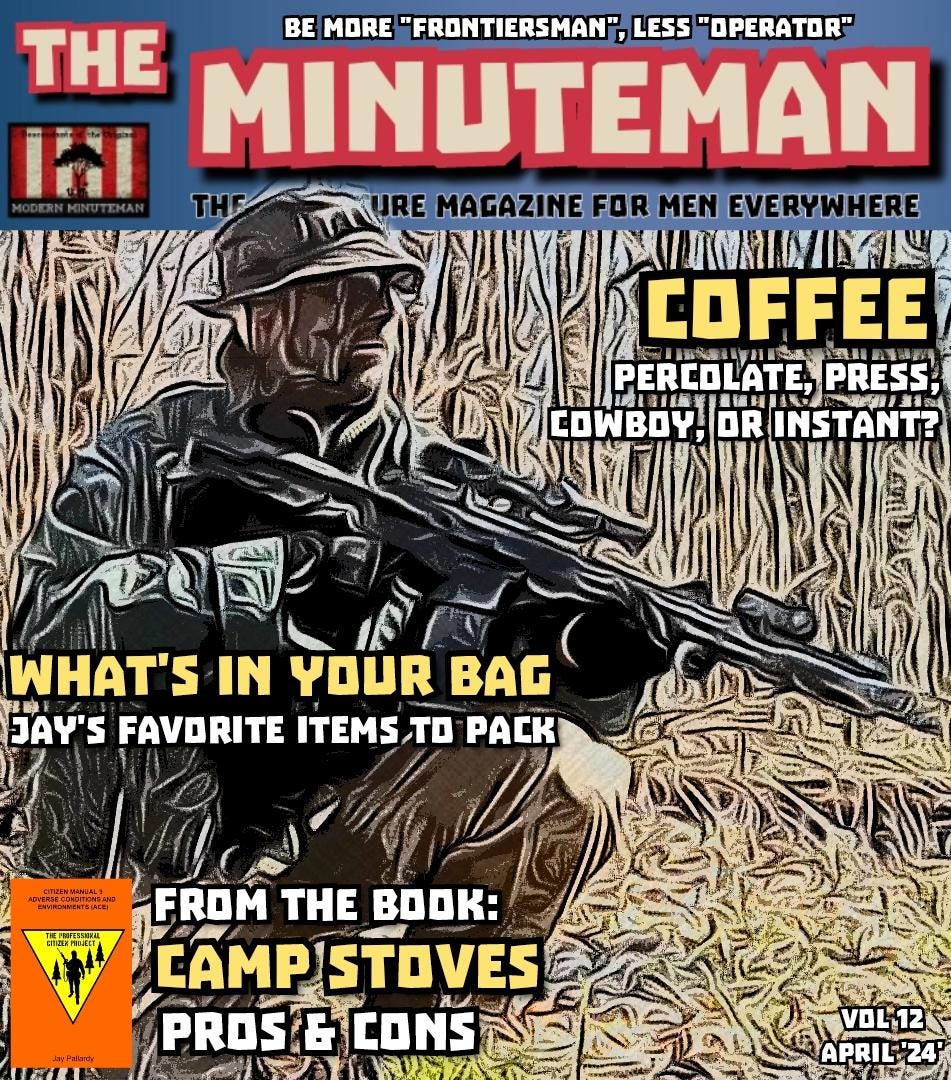
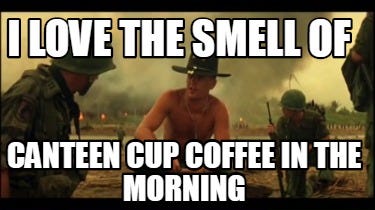
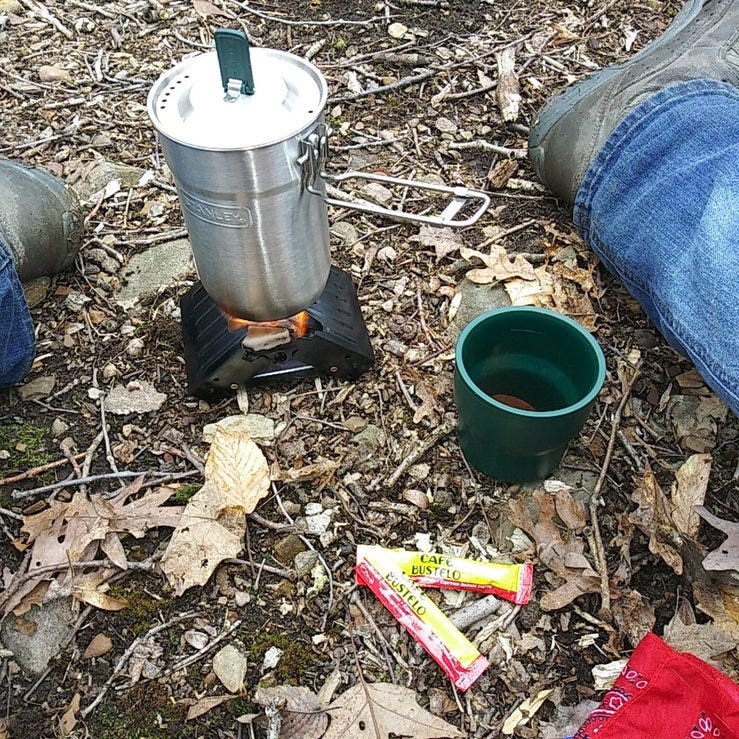
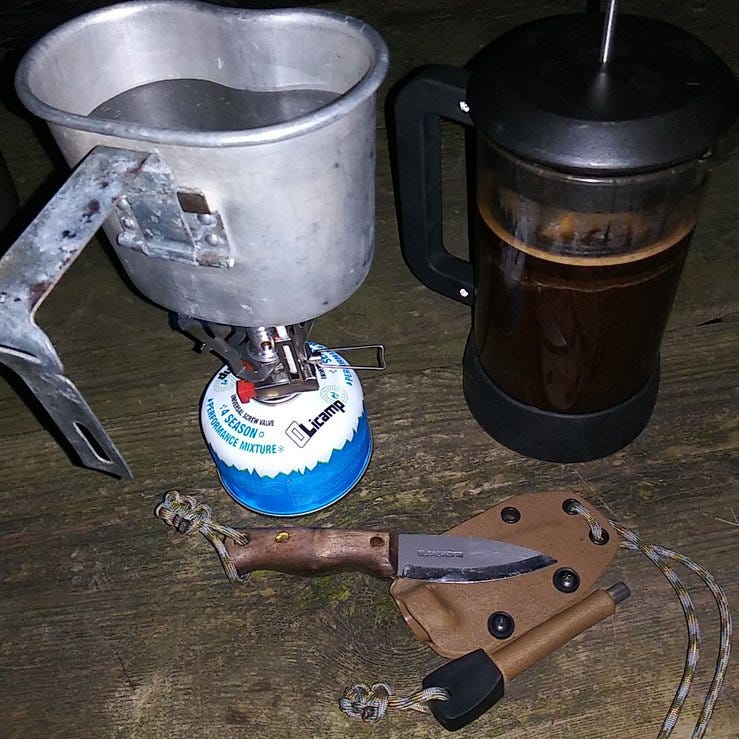
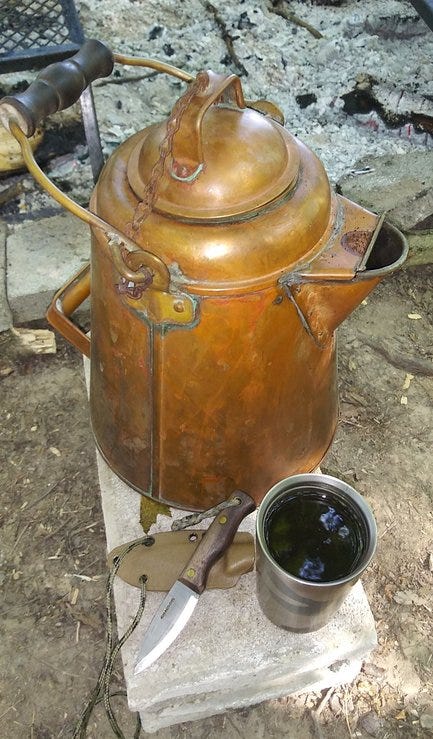

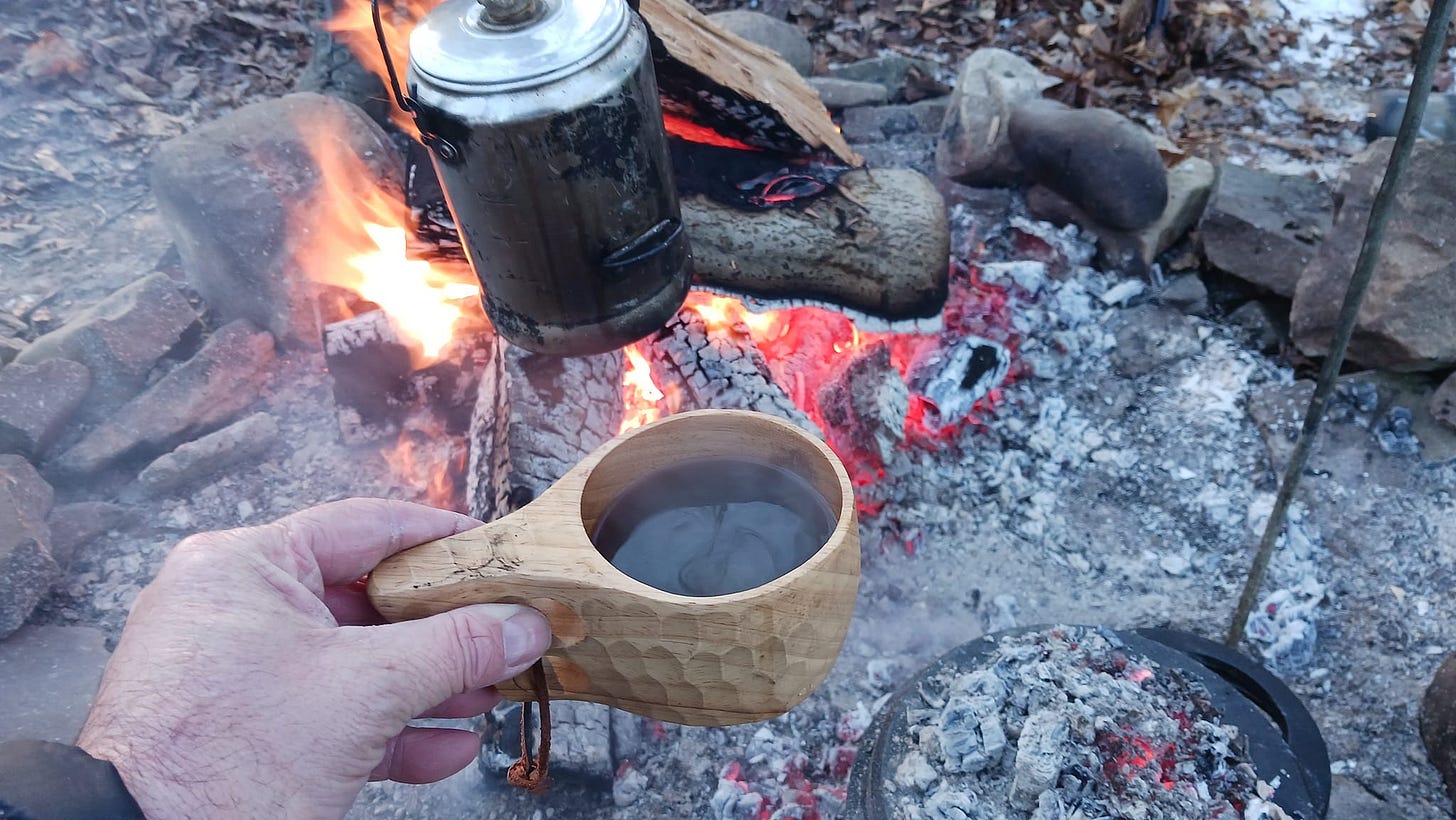


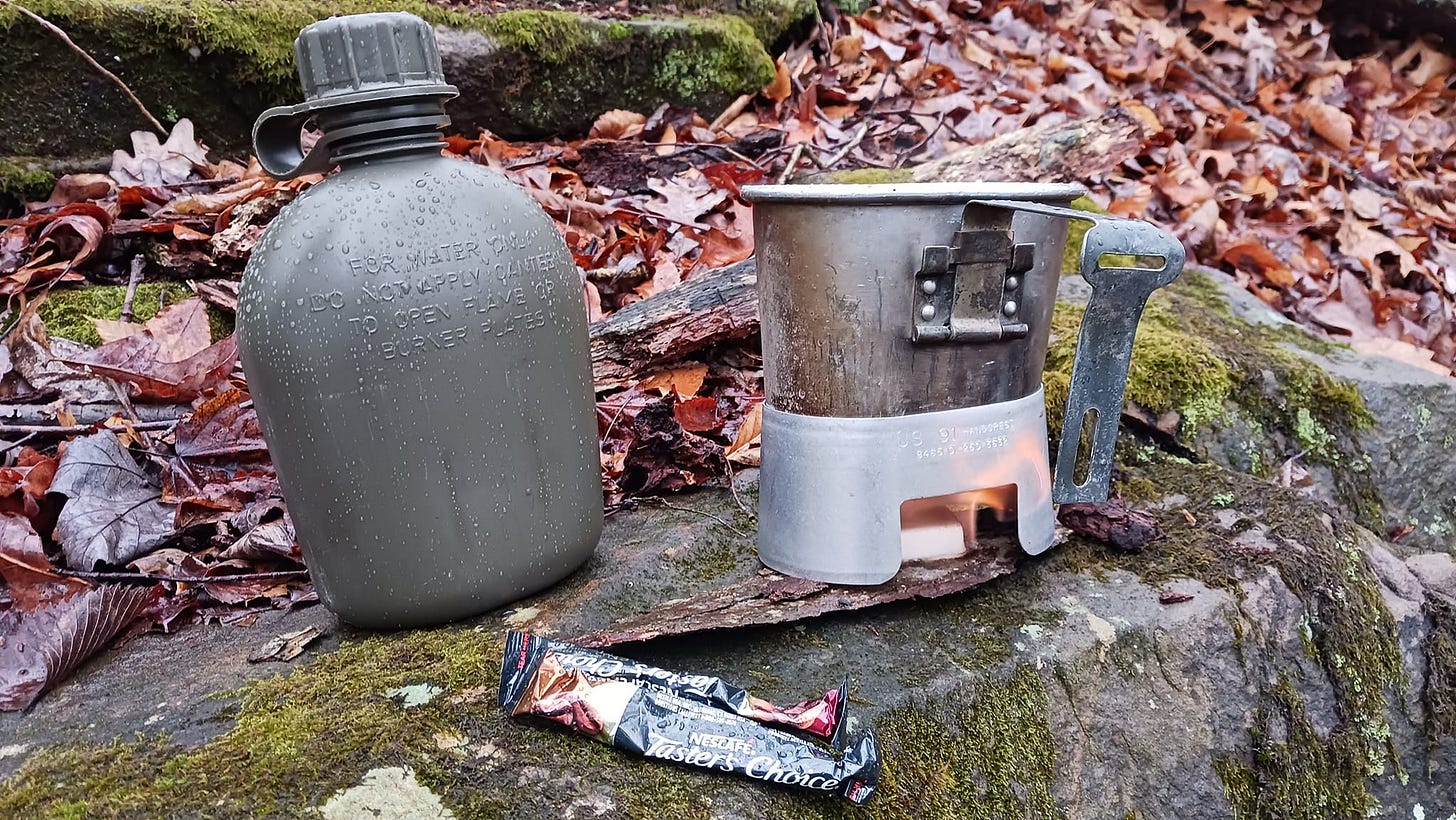
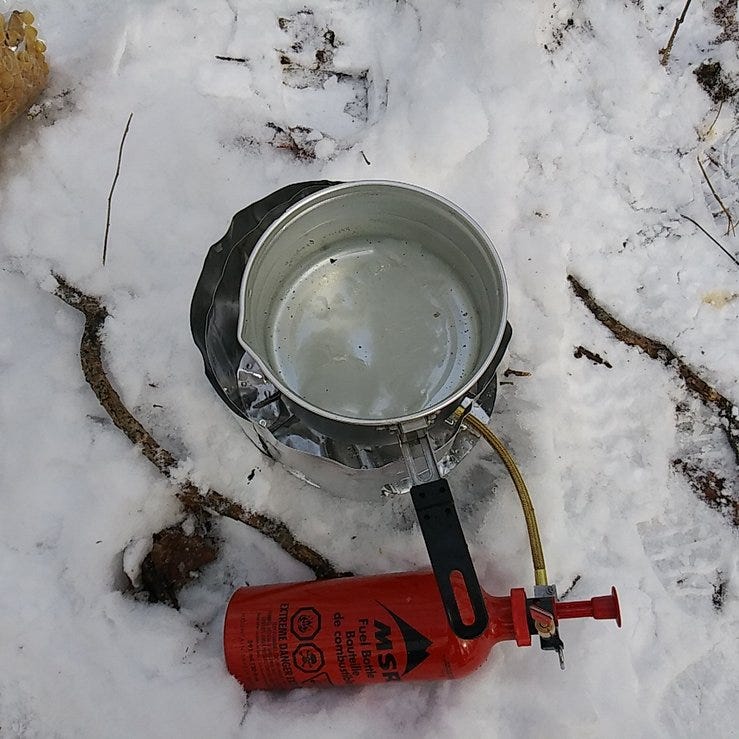
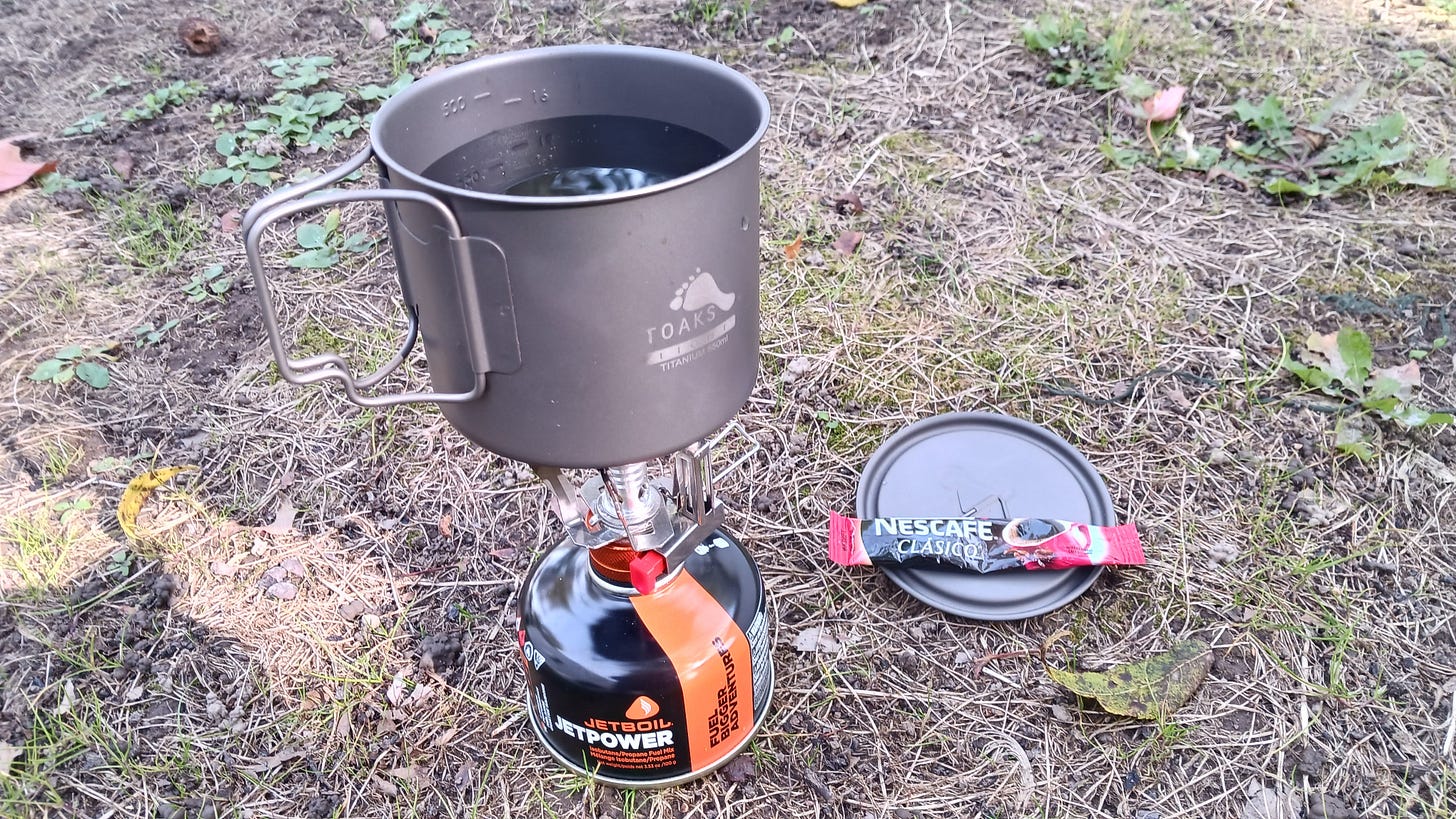
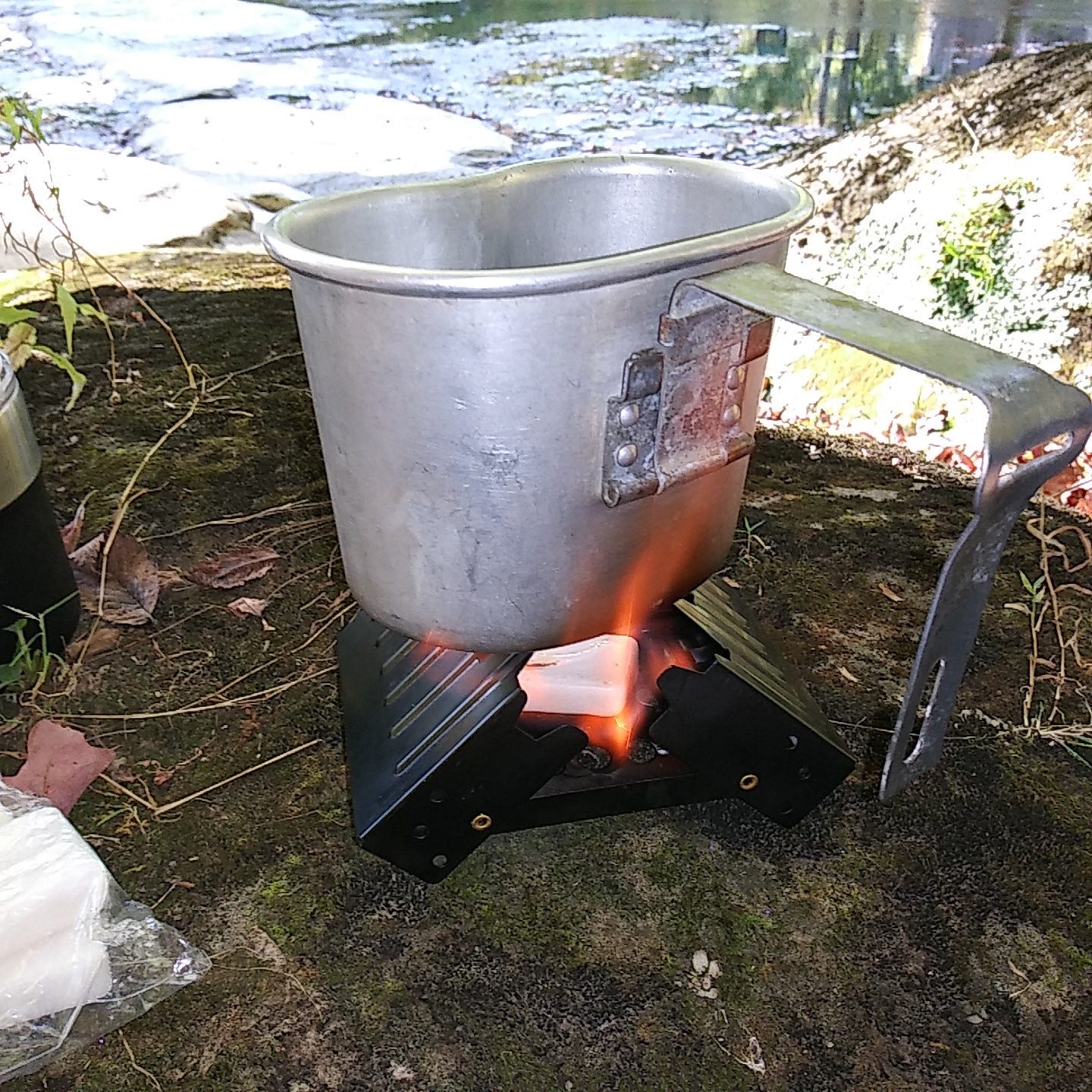
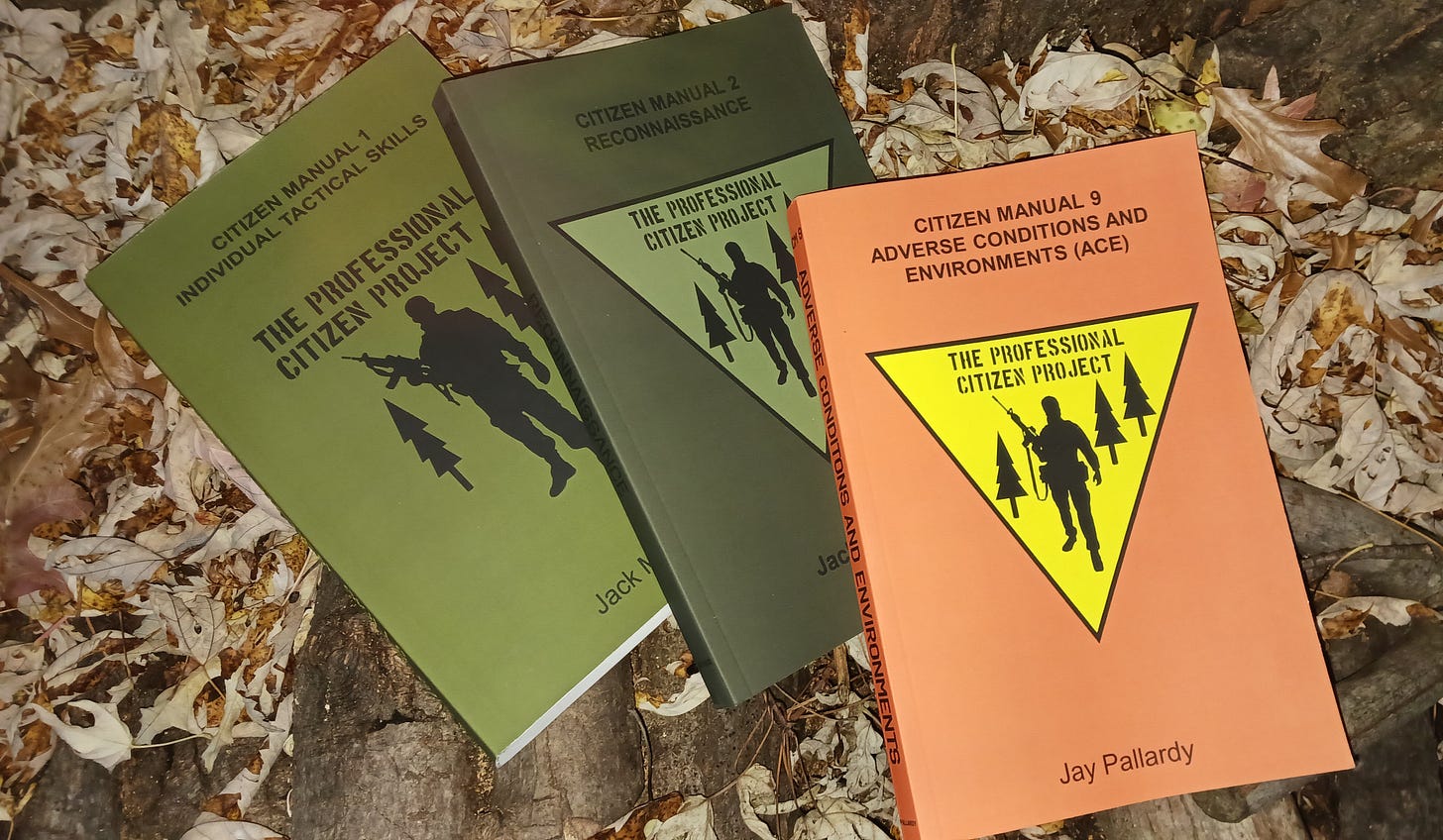
What about alcohol stoves like the Trangia stove? Pro: they are pretty much silent, and with the correct fuel they don't give off a large light signature. Con: you really can't control them like the gas or liquid fuel stoves.